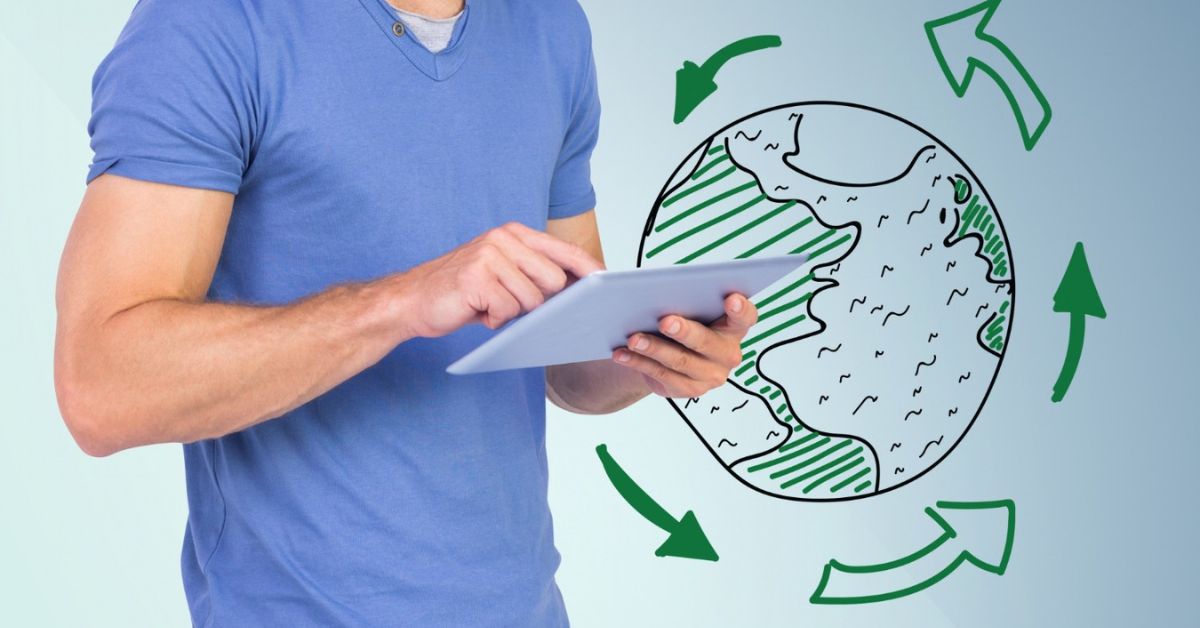The Rise of Circular Economy Products: Why Buying New is Becoming Outdated

What happens to most products once they reach the end of their life cycle? In many cases, they end up in landfills, contributing to the 2 billion tons of waste generated globally each year. The traditional "take-make-dispose" approach is proving unsustainable, and consumers are starting to take notice. With growing concerns over resource depletion and environmental damage, people are looking for alternatives that reduce waste without sacrificing quality or style.
This shift has led to the rise of circular economy products—items designed to be reused, refurbished, or recycled. From tech accessories to home goods, companies are finding innovative ways to extend product life cycles. One brand that understands the importance of sustainable choices is Tallpine Cases, offering high-quality phone cases that align with this movement.
This article examines how circular economy principles are reshaping industries, why consumers are embracing them, and what this shift means for the future of shopping.
What is the Circular Economy?
A circular economy aims to eliminate waste by keeping products and materials in use for as long as possible. Instead of the traditional model that relies on continuous production of new goods, circular economy products focus on:
● Repair and refurbishment – Extending the life of existing products
● Recycling and upcycling – Turning used materials into new, high-quality goods
● Sustainable sourcing – Using renewable or biodegradable materials
● Reusable designs – Creating products that can be repurposed or easily upgraded
This approach is gaining momentum in multiple industries, reducing environmental impact while offering consumers durable, cost-effective alternatives to brand-new items.
Industries Leading the Circular Economy Movement
Many industries are embracing circular economy principles, making it easier for consumers to make sustainable choices. Here are a few sectors where this shift is most visible:
1. Tech Accessories
● Companies are offering refurbished or recycled phone cases, charging cables, and protective covers.
● Brands are using biodegradable or compostable materials for cases and accessories.
● Consumers can now shop for a Samsung Galaxy S24 case online with eco-friendly materials that protect both devices and the environment.
2. Fashion and Apparel
● Clothing brands are producing garments from recycled textiles and offering trade-in programs for used items.
● Upcycling old fabrics into new designs reduces landfill waste.
3. Home Goods and Furniture
● Modular furniture designs allow for easy repairs and replacements instead of full disposal.
● Companies are using reclaimed wood and recycled metals to produce stylish yet sustainable furniture.
4. Automotive Industry
● Remanufactured auto parts are helping drivers save money while reducing waste.
● Electric vehicle companies are designing cars with recyclable batteries and components.
5. Consumer Electronics
● More brands are offering refurbished laptops, tablets, and smartphones at a lower cost.
● Tech giants are investing in recycling programs to recover valuable components from outdated devices.
Why Consumers Are Choosing Circular Economy Products
The shift away from disposable products isn’t just an industry trend—it’s being driven by consumers who value sustainability, affordability, and quality. Some of the key reasons for this growing preference include:
1. Cost Savings
● Refurbished and recycled products often come at a lower price without compromising performance.
● Consumers can purchase an iPhone 15 cover online without paying premium prices for brand-new options.
2. Environmental Responsibility
● Buyers are becoming more conscious of their environmental footprint.
● Choosing sustainable options helps reduce plastic pollution and resource waste.
3. Durability and Quality
● Many circular economy products are built to last, reducing the need for frequent replacements.
● High-quality materials and smart designs ensure longevity.
4. Customization and Uniqueness
● Upcycled and repurposed items often have one-of-a-kind designs, offering a unique appeal.
● Consumers can shop an iPhone 14 case online that matches their personal style while supporting sustainability.
How Circular Economy Principles Are Shaping the Future

The push toward sustainability isn’t slowing down. More businesses are adopting circular economy strategies, and governments are enforcing stricter regulations on waste and recycling. Looking ahead, some key developments include:
● More take-back and recycling programs – Brands will encourage consumers to return used products for refurbishing.
● Advancements in sustainable materials – Expect more plant-based plastics, biodegradable components, and recyclable textiles.
● Consumer-driven demand – As awareness grows, companies will have to prioritize sustainability to stay competitive.
A Smarter Way to Shop for Tech Accessories
Is buying brand-new always the best choice? Not necessarily. Consumers can make sustainable choices without sacrificing quality, style, or functionality.
For those looking for stylish, durable phone protection, Tallpine Cases provides high-quality options that align with circular economy values. Whether shoppers need to shop a Samsung Galaxy S24 case online or find stylish iPhone 15 cases, they can choose a product that meets their needs while supporting sustainability.
Post Your Ad Here
Comments